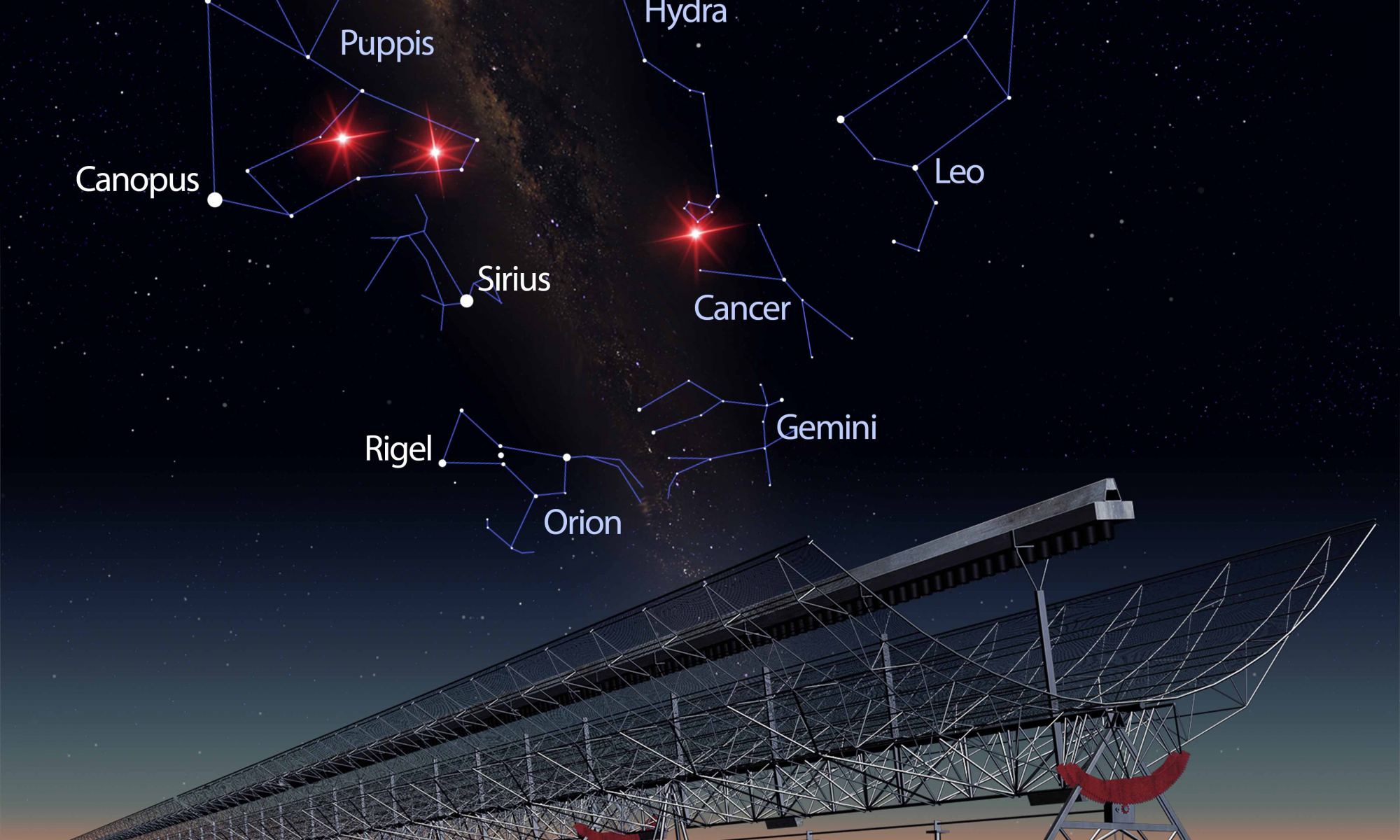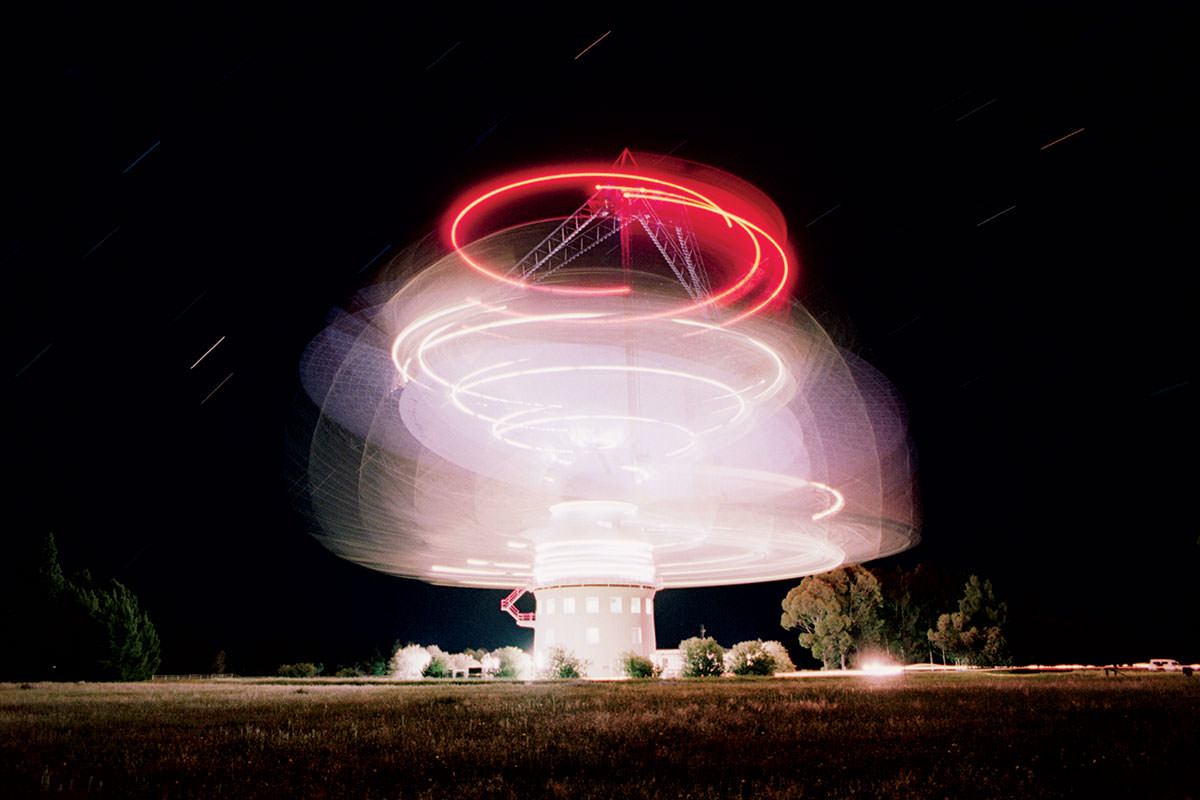Now and then there are bright flashes of radio light in the sky, and they are bothering astronomers. They are called Fast Radio Bursts (FRBs), and they’re like the chirp of a smoke alarm that needs its battery changed. They last for such a short time that it’s difficult to track down the source. They have become a nagging mystery in astronomy.
Continue reading “A Fast Radio Burst Has Been Detected From Inside The Milky Way”Even More Repeating Fast Radio Bursts Discovered
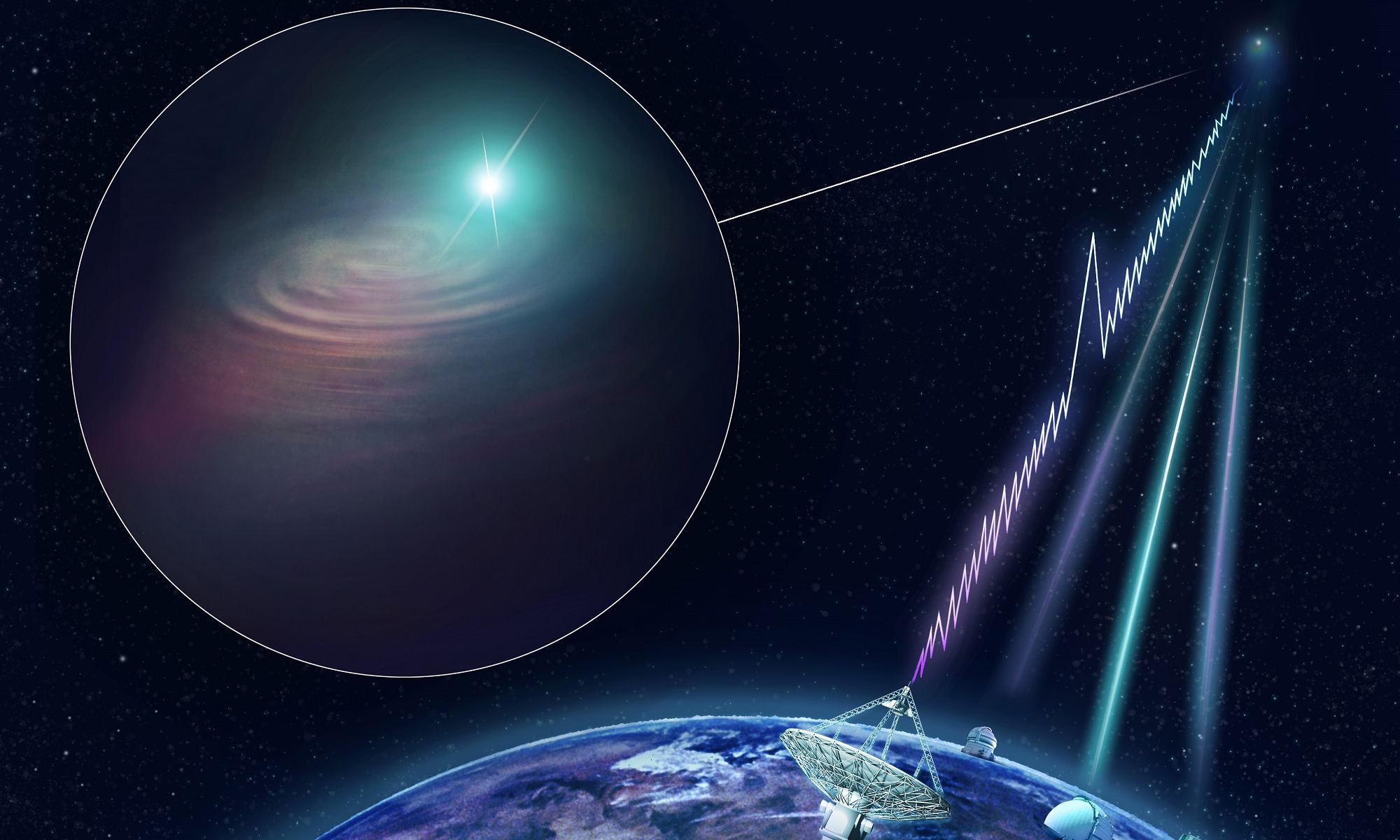
In September of 2017, the Canadian Hydrogen Intensity Mapping Experiment (CHIME) in British Columbia commenced operations, looking for signs of Fast Radio Bursts (FRBs) in our Universe. These rare, brief, and energetic flashes from beyond our galaxy have been a mystery ever since the first was observed a little over a decade ago. Of particular interest are the ones that have been found to repeat, which are even rarer.
Before CHIME began collecting light from the cosmos, astronomers knew of only thirty FRBs. But thanks to CHIME’s sophisticated array of antennas and parabolic mirrors (which are especially sensitive to FRBs) that number has grown to close to 700 (which includes 20 repeaters). According to a new study led by CHIME researchers, this robust number of detections allows for new insights into what causes them.
Continue reading “Even More Repeating Fast Radio Bursts Discovered”A Rare Fast Radio Burst has been Found that Actually Repeats Every 16 Days
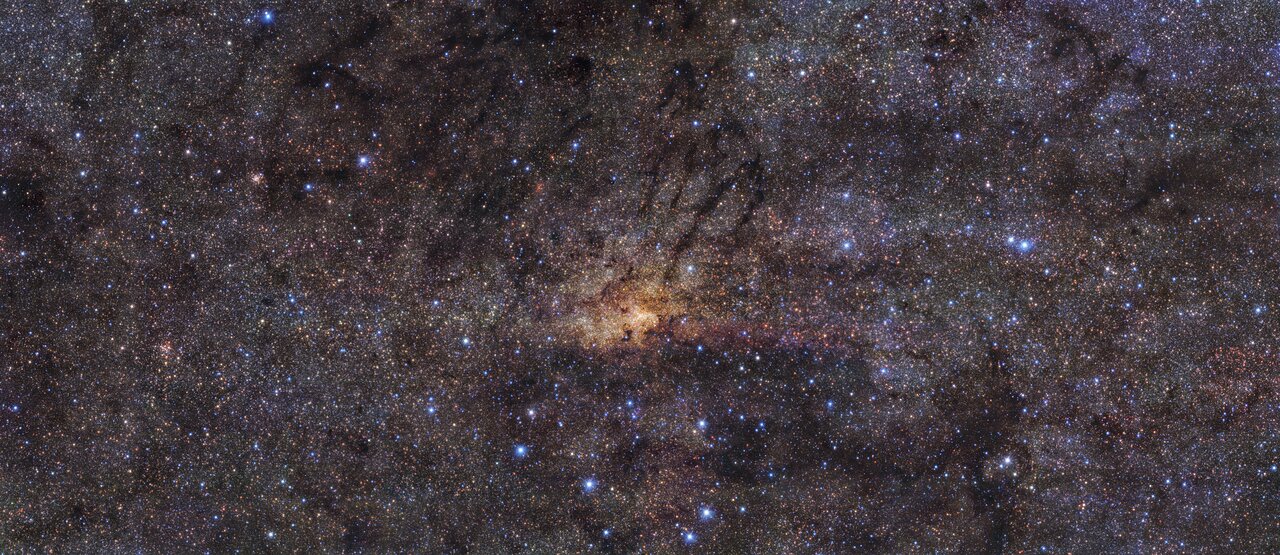
A team of scientists in Canada have found a Fast Radio Burst (FRB) that repeats every 16 days. This is in stark contrast to other FRBs, which are more sporadic. Some of those sporadic FRBs occur in clusters, and repeat irregularly, but FRBs with a regular, repeatable occurrence are rare.
Continue reading “A Rare Fast Radio Burst has been Found that Actually Repeats Every 16 Days”A Fast Radio Burst has Finally Been Traced Back to its Source: the Outskirts of a Galaxy 4 Billion Light-Years Away

Fast-Radio Bursts (FRBs) are one of the most puzzling phenomena facing astronomers today. Essentially, FRBs are brief radio emissions from distant astronomical sources whose cause remains unknown. In some cases, FRBs that have been detected that have been repeating, but most have been one-off events. And while repeating sources have been tracked back to their point of origin, no single events have ever been localized.
Until now. Using the Australian Square Kilometer Array Pathfinder (ASKAP) and other radio telescopes from around the world, an Australian-led team of astronomers managed to confirm the distance to an intense radio burst that flashed for just a thousandth of a second. The constitutes the first non-repeating FRB to be traced back to its source, which in this case was a galaxy located 4 billion light-years away.
Continue reading “A Fast Radio Burst has Finally Been Traced Back to its Source: the Outskirts of a Galaxy 4 Billion Light-Years Away”Canadian Telescope Finds 13 More Fast Radio Bursts Including the Second One Ever Seen Repeating
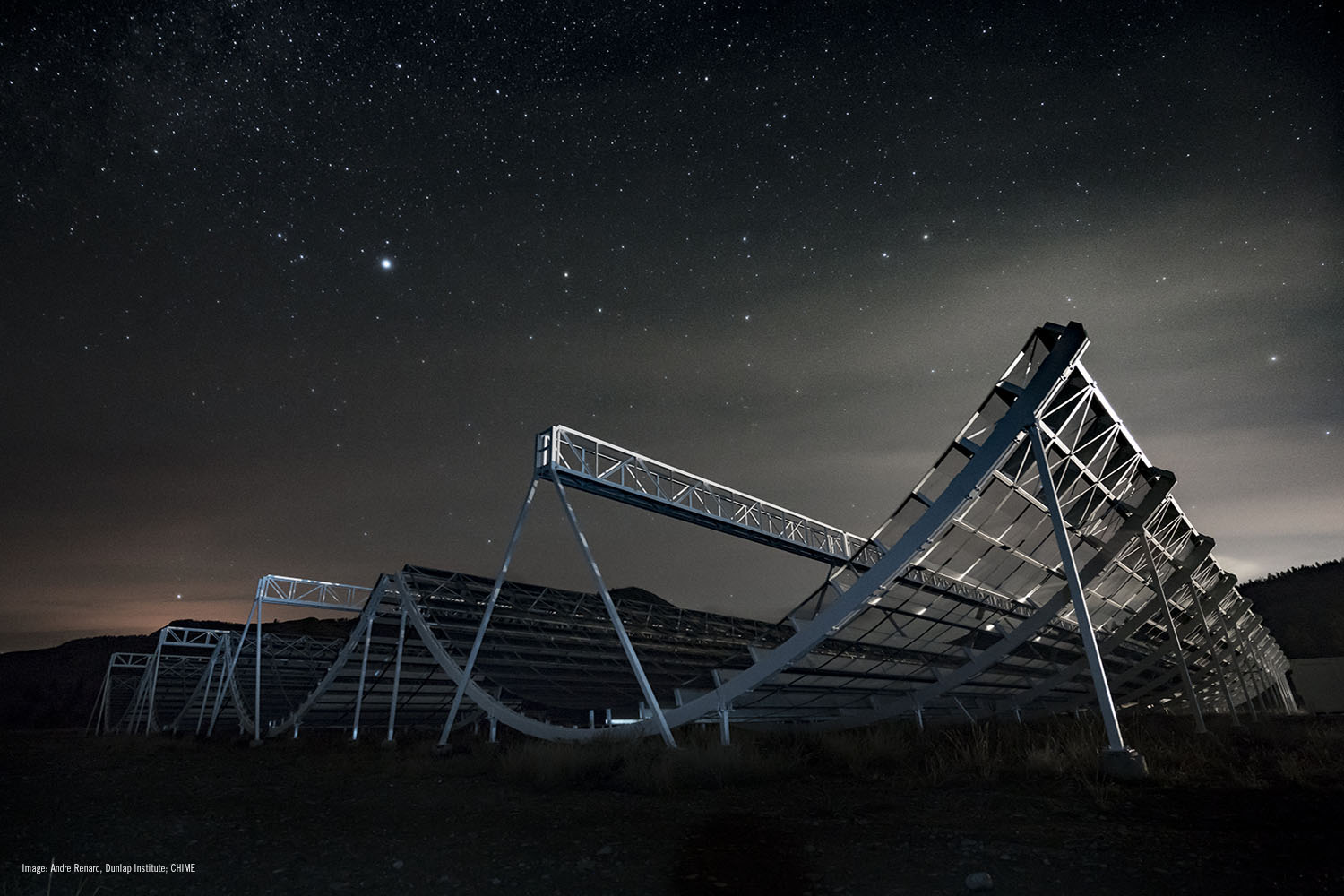
Canadian scientists using the CHIME (Canadian Hydrogen Intensity Mapping Experiment) have detected 13 FRBs (Fast Radio Bursts), including the second-ever repeating one. And they think they’ll find even more.
CHIME is an innovative radio telescope in the Okanagan Valley region in British Columbia, Canada. It was completed in 2017, and its mission is to act as a kind of time machine. CHIME will help astronomers understand the shape, structure, and fate of the universe by measuring the composition of dark energy.
CHIME’s unique design also makes it well-suited for detecting fast radio bursts.
Continue reading “Canadian Telescope Finds 13 More Fast Radio Bursts Including the Second One Ever Seen Repeating”Australian astronomers have been able to double the number of mysterious fast radio bursts discovered so far

Fast Radio Bursts (FRBs) have become a major focus of research in the past decade. In radio astronomy, this phenomenon refers to transient radio pulses coming from distant cosmological sources, which typically last only a few milliseconds on average. Since the first event was detected in 2007 (the “Lorimer Burst”), thirty four FRBs have been observed, but scientists are still not sure what causes them.
With theories ranging from exploding stars and black holes to pulsars and magnetars – and even messages coming from extra-terrestrial intelligences (ETIs) – astronomers have been determined to learn more about these strange signals. And thanks to a new study by a team of Australian researchers, who used the Australia Square Kilometer Array Pathfinder (ASKAP), the number of known sources of FRBs has almost doubled.
New Canadian Radio Telescope is Detecting Fast Radio Bursts

Since they were first detected in 2007, Fast Radio Bursts (FRBs) have been a source of mystery to astronomers. In radio astronomy, this phenomenon refers to transient radio pulses coming from distant sources that typically last a few milliseconds on average. Despite the detection of dozens of events since 2007, scientists are still not sure what causes them – though theories range from exploding stars, black holes, and magnetars to alien civilizations!
To shed light on this mysterious phenomena, astronomers are looking to new instruments to help search for and study FRBs. One of these is the Canadian Hydrogen Intensity Mapping Experiment (CHIME), a revolutionary new radio telescope located at the Dominion Radio Astrophysical Observatory (DRAO) in British Columbia. On July 25th, still in its first year, this telescope made its first-ever detection, an event known as FRB 180725A.
The detection of FRB 180725A was announced online in a “Astronomer’s Telegram” post, which is intended to alert the astronomical community about possible new finds and encourage follow-up observations. The detection of FRB 180725A is very preliminary at this point, and more research is needed before its existence as an FRB can be confirmed.
As they stated in the Astronomers Telegram announcement, the radio was signal was detected on July 25th, at precisely 17:59:43.115 UTC (09:59.43.115 PST), and at a radio frequency of 400 MHz:
“The automated pipeline triggered the recording to disk of ~20 seconds of buffered raw intensity data around the time of the FRB. The event had an approximate width of 2 ms and was found at dispersion measure 716.6 pc/cm^3 with a signal-to-noise ratio S/N ~20.6 in one beam and 19.4 in a neighboring beam. The centers of these, approximately 0.5 deg wide and circular beams, were at RA, Dec = (06:13:54.7, +67:04:00.1; J2000) and RA, Dec = (06:12:53.1, +67:03:59.1; J2000).”
Research into Fast Radio Bursts is still in its infancy, being a little more than a decade old. The first ever to be detected was the famous Lorimer Burst, which was named after it discoverer – Duncan Lorimer, from West Virginia University. This burst lasted a mere five milliseconds and appeared to be coming from a location near the Large Magellanic Cloud, billions of light years away.
So far, the only FRB that has been found to be repeating was the mysterious signal known as FRB 121102, which was detected by the Arecibo radio telescope in Puerto Rico in 2012. The nature of this FRB was first noticed by a team of students from McGill University (led by then-PhD Student Paul Scholz), who sifted through the Arecibo data and determined that the initial burst was followed by 10 additional burst consistent with the original signal.
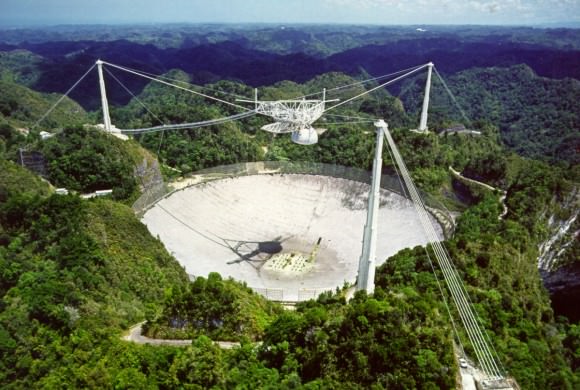
In addition to being the first time that this Canadian facility detected a possible FRB coming from space, this is the first time that an FRB has been detected below the 700 MHz range. However, as the CHIME team indicate in their announcement, other signals of equal intensity may have occurred in the past, which were simply not recognized as FRBs at the time.
“Additional FRBs have been found since FRB 180725A and some have flux at frequencies as low as 400 MHz,” they wrote. “These events have occurred during both the day and night and their arrival times are not correlated with known on-site activities or other known sources of terrestrial RFI (Radio Frequency Identification).”
As a result, this most-recent detection (if confirmed) could help astronomers shed some additional light on what causes FRBs, not to mention place some constraints on what frequencies they can occur at. Much like the study of gravitational waves, the field of study is new but rapidly growing, and made possible by the addition of cutting-edge instruments and facilities around the world.
Further Reading: CNET
Astronomers Have Detected the Brightest Fast Radio Burst Ever Seen. Still No Idea What’s Causing Them
Fast Radio Bursts (FRBs) have been one of the more puzzling and fascinating areas of astronomical study ever since the first was detected in 2007 (known as the Lorimer Burst). Much like gravitational waves, the study of these short-lived radio pulses (which last only a few milliseconds) is still in its infancy, and only a 33 events have been detected. What’s more, scientists are still not sure what accounts for them.
While some believe that they are entirely natural in origin, others have speculated that they could be evidence of extra-terrestrial activity. Regardless of their cause, according to a recent study, three FRBs were detected this month in Australia by the Parkes Observatory radio telescope in remote Australia. Of these three, one happened to be the most powerful FRB recorded to date.
The signals were detected on March 1st, March 9th, and March 11th, and were designated as FRB 180301, FRB 180309 and FRB 180311. Of these, the one recorded on March 9th (FRB 180309) was the brightest ever recorded, having a signal-to-noise ratio that was four times higher than the previous brightest FRB. This event, known as FRB 170827, was detected on August 27th, 2017, by the UTMOST array in Australia.
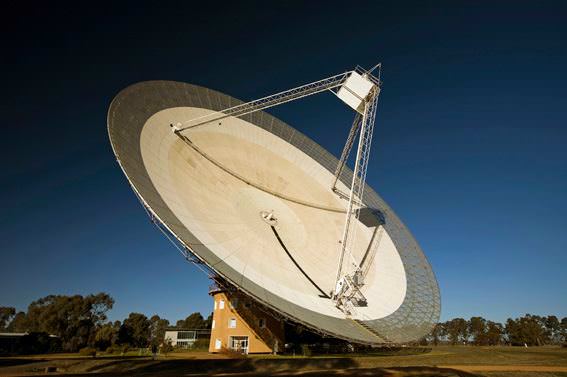
All three of these events were detected by the Parkes radio telescope, which is located in New South Wales about 380 kilometers (236 mi) from Sydney. As one of three telescopes that makes up the Australia Telescope National Facility, this telescope has been studying pulsars, rapidly spinning neutron stars, and conducting large-scale surveys of the sky since 1961. In recent years, it has been dedicated to the detection of FRBs in our Universe.
Considering how rare and short-lived FRBs are, recording three in the space of one month is quite the achievement. What’s more, the fact that the detections happened in real-time, rather than being discovered in archival data, is also impressive. Shortly after the event, Stefan Oslowski (of the Swinburne University of Technology) tweeted about this rather fortunate discovery (see below).
At present, none of the three events are believed to be “repeaters” – aka. Repeating Fast Radio Bursts. So far, only one FRB has been found to be repeating. This was none other than FRB 121102, which was first detected by the Arecibo radio telescope in Puerto Rico on November 2nd, 2012. In 2015, several more bursts were detected from this some source which had properties that were consistent with the original signal.
The Parkes Pulsar Timing Array just discovered the highest signal-to-noise ratio Fast Radio Burst ever! https://t.co/MNOIGjM8MS via @astronomerstel @frbcatalogue
— Stefan Oslowski (@StefanOslowski) March 9, 2018
As noted, and in spite of all the events that have been detected, scientists are still not sure what causes these strange bursts. But with three more events detected, and the possibility that they could repeat in the near-future, scientists now have more events to pore over and base their theories on. And with next-generation arrays being constructed, a great many more events (and repeaters) are likely to be detected in the coming years.
These include the the Square Kilometer Array currently being built across Australia, New Zealand and South Africa, and the Five hundred meter Aperture Spherical Telescope (FAST) being build in China. With these telescopes joining observatories like the Very Large Telescope (VLT), the Atacama Large Millimeter/submillimeter Array (ALMA) and venerated observatories like Arecibo, FRBs may not be mysterious for much longer!
Further Reading: The Astronomer’s Telegram, Science Alert

